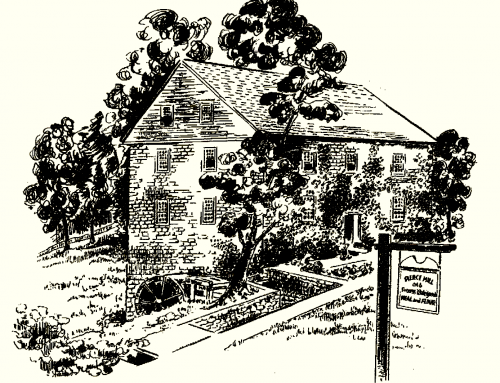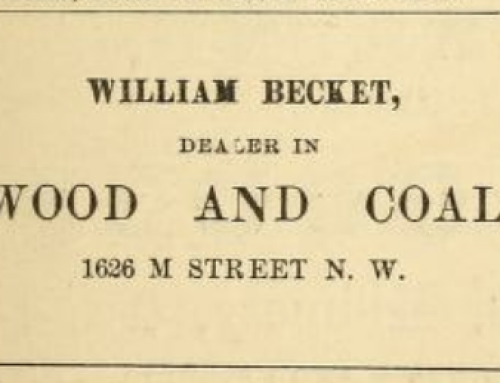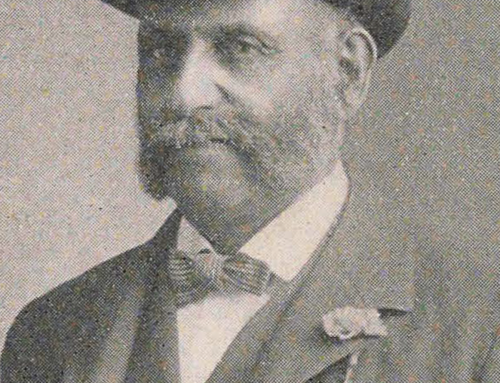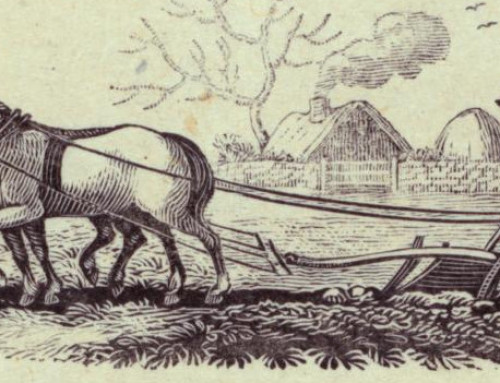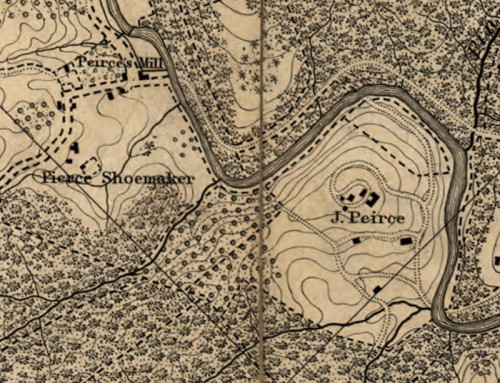One Woman’s Right to Vote: Hattie Bolton, Tucson, 1913
On April 30, 1913, Hattie Bolton registered to vote at the Pima County Courthouse in Tucson, Arizona. She was one of just seven Black women to sign up in the city that spring. It was the final day of a special registration period for Arizona women, scheduled after they’d won the right to vote the previous November. Perhaps Bolton read a plea in the Arizona Daily Star, warning women that if they “do not register in the next four days they will not be able to vote at any of the special elections which will be called this year.”
By the time registration closed, 589 Tucson women had signed up to vote–less than 5% of the city’s total population. The Daily Star crowed, “Tucson Women Deserve Praise” and declared, “They are real citizens with a real citizen’s right.” Women in the Territory of Arizona had worked for decades to achieve the status of “real citizens,” and finally won the right to vote just nine months after Arizona became the 48th state in February 1912.
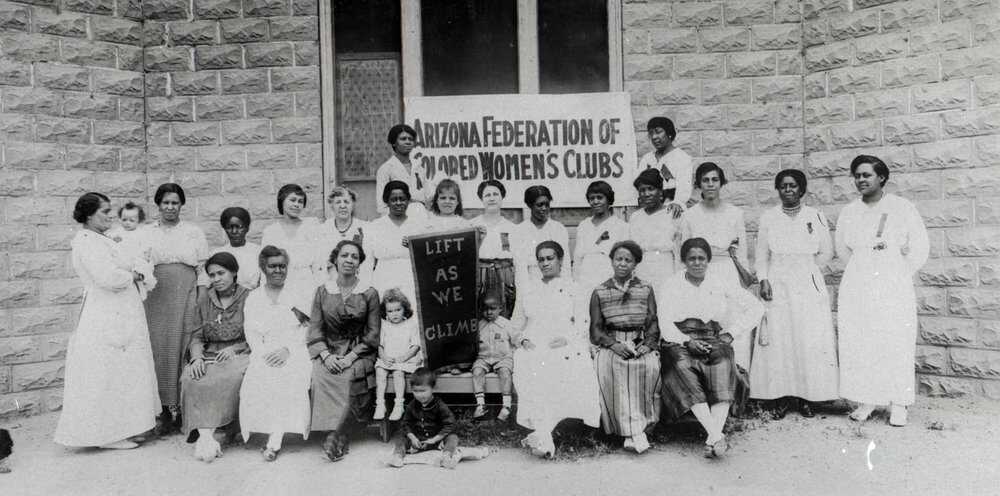
Black women fought for suffrage across the country, and formed organizations like the Arizona Federation of Colored Women’s Clubs, shown here in Phoenix in 1909. Photo from Wikimedia Commons
On the Official Register of Electors, Hattie Bolton listed her occupation as “caterer.” Her lifetime of experience as a cook and restaurant manager would serve her well after she moved to Washington in 1918. Now married to Samuel Sewell, she was awarded a concession to run the teahouse at Peirce Mill in the summer of 1920. That August, the 19th Amendment was ratified, giving American women the right to vote. In the fall of 1920, women across the nation voted in a presidential election for the first time.
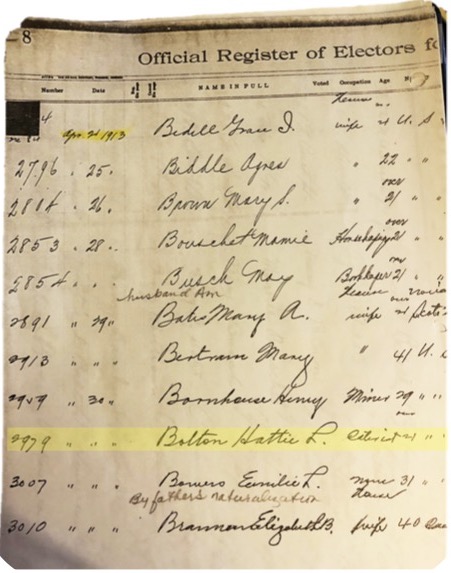
Photo courtesy Karen Moran
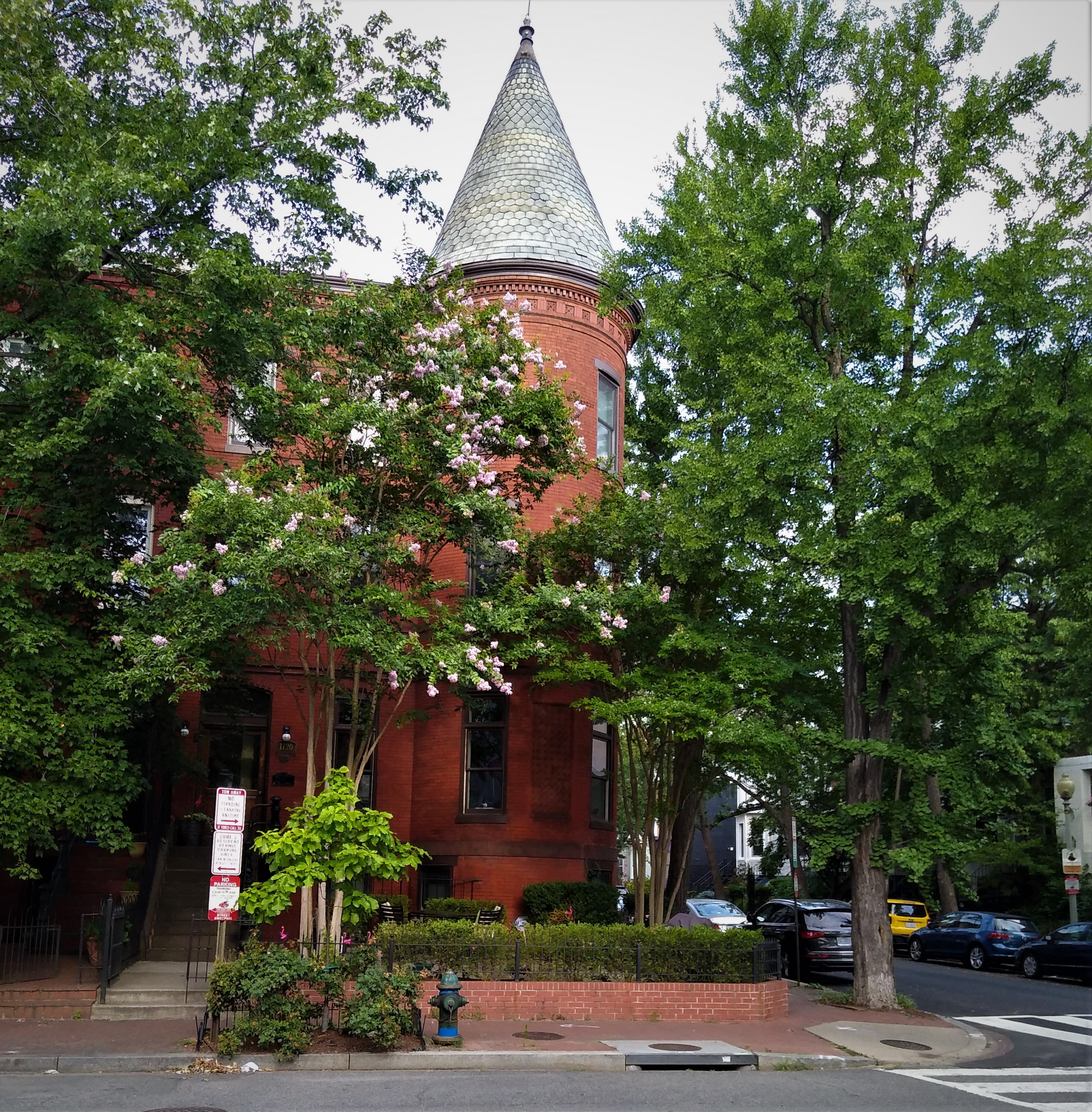
Photo courtesy Reggie Kelley
But Hattie Sewell could not cast a ballot in 1920. She and her husband lived at 1720 13th Street NW, and residents of the District of Columbia were denied the right to vote in presidential elections until 1964–21 years after Hattie Sewell’s death.
–Angela Kramer
Click here to learn more about Hattie Sewell and the Peirce Mill teahouse.
For more information about voting rights in the District of Columbia, visit: https://www.nps.gov/articles/district-of-columbia-and-the-19th-amendment.htm
For more about states where women could vote before the passage of the 19th Amendment, see: https://www.nps.gov/subjects/womenshistory/19th-amendment-by-state.htm
A big thank you to Karen Moran, a former Arizona resident who researched the women who registered to vote in Tucson in 1913: http://windowonyourpast.com/site/research/arizona-suffrage/1913-female-registration-analysis/

